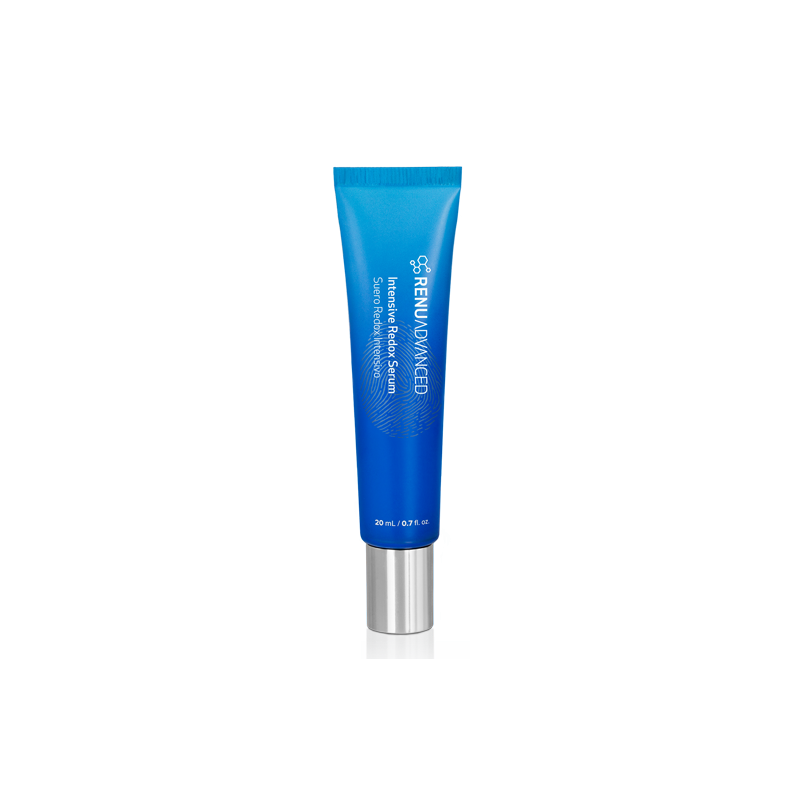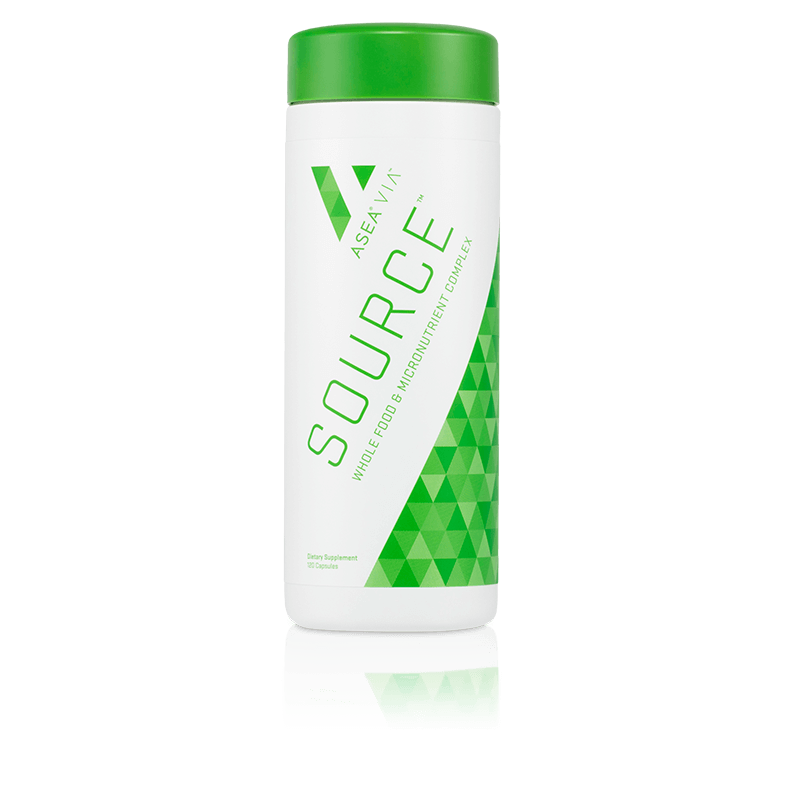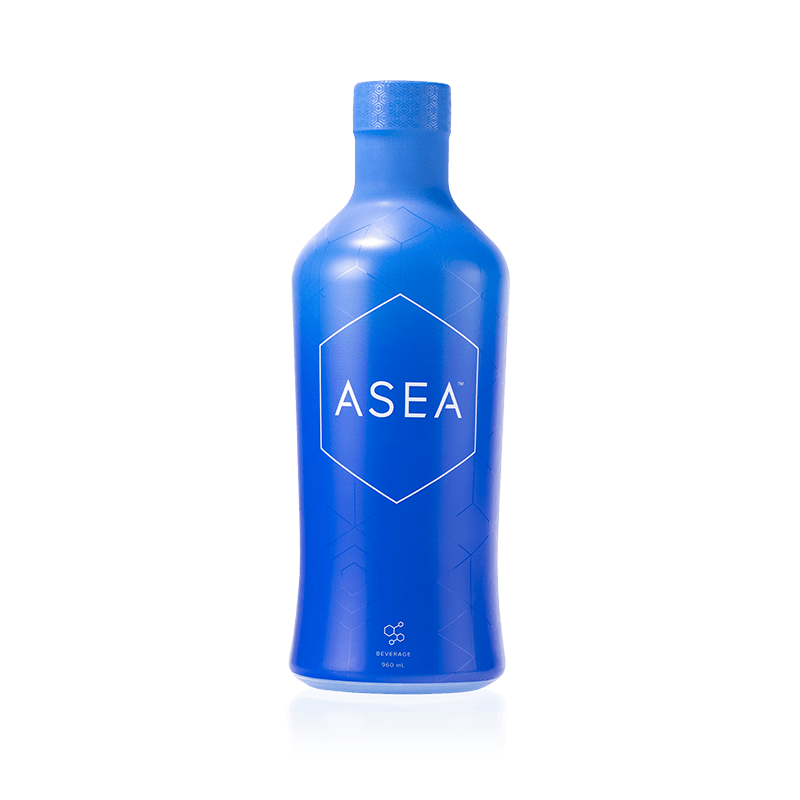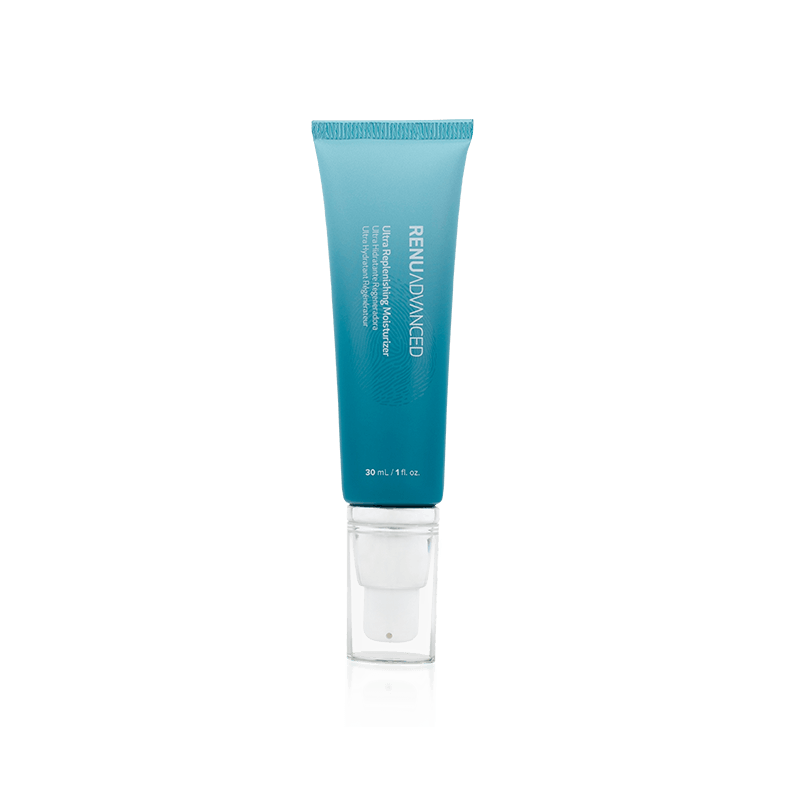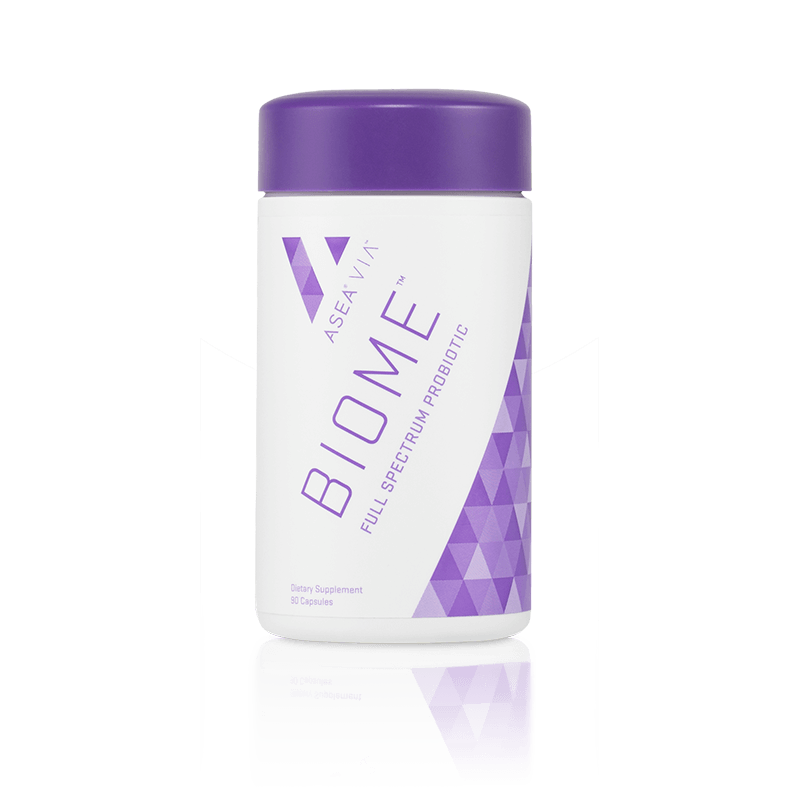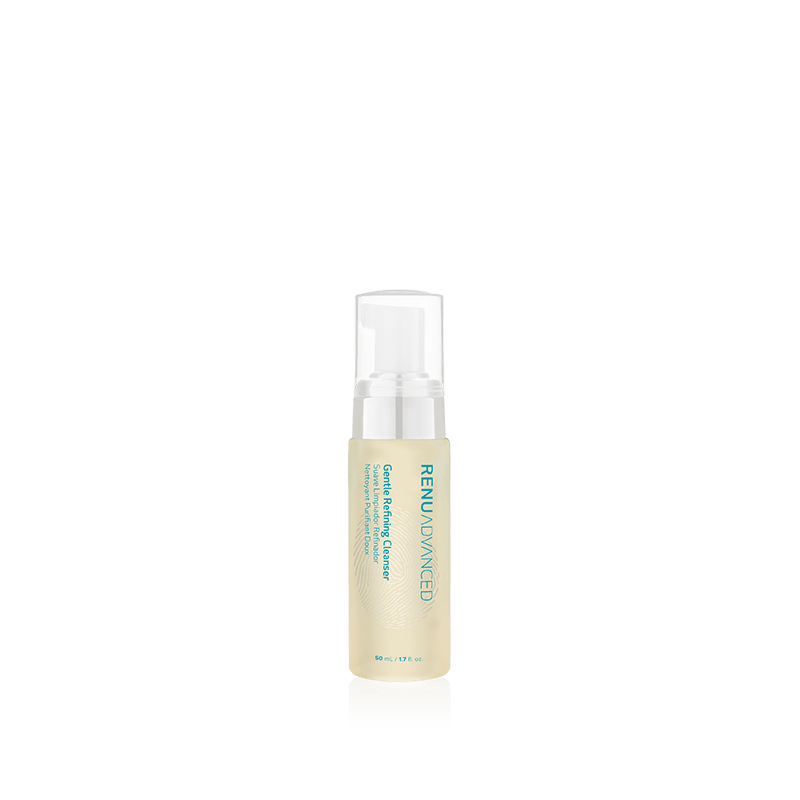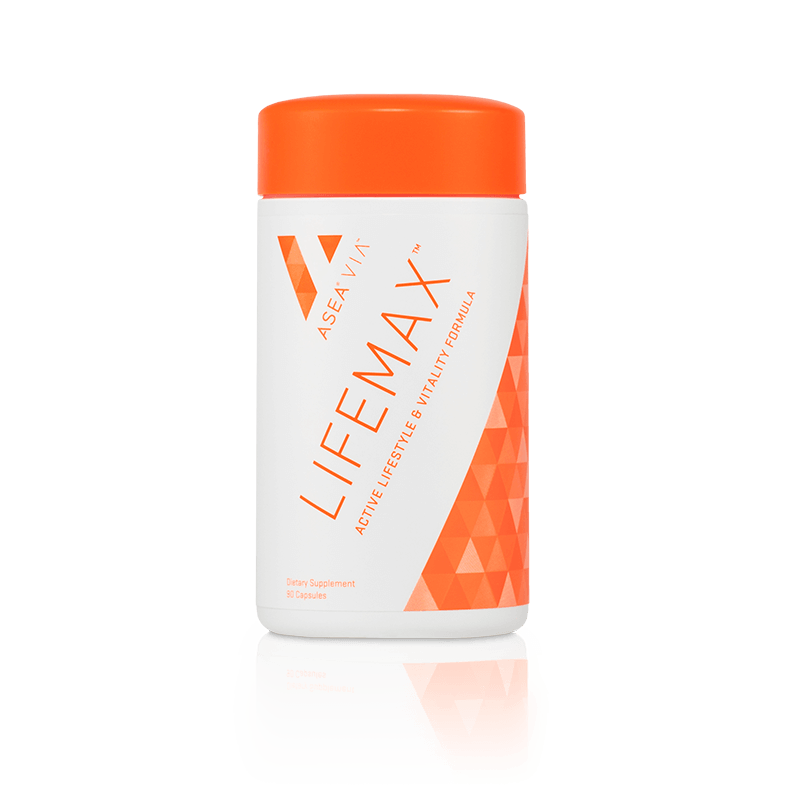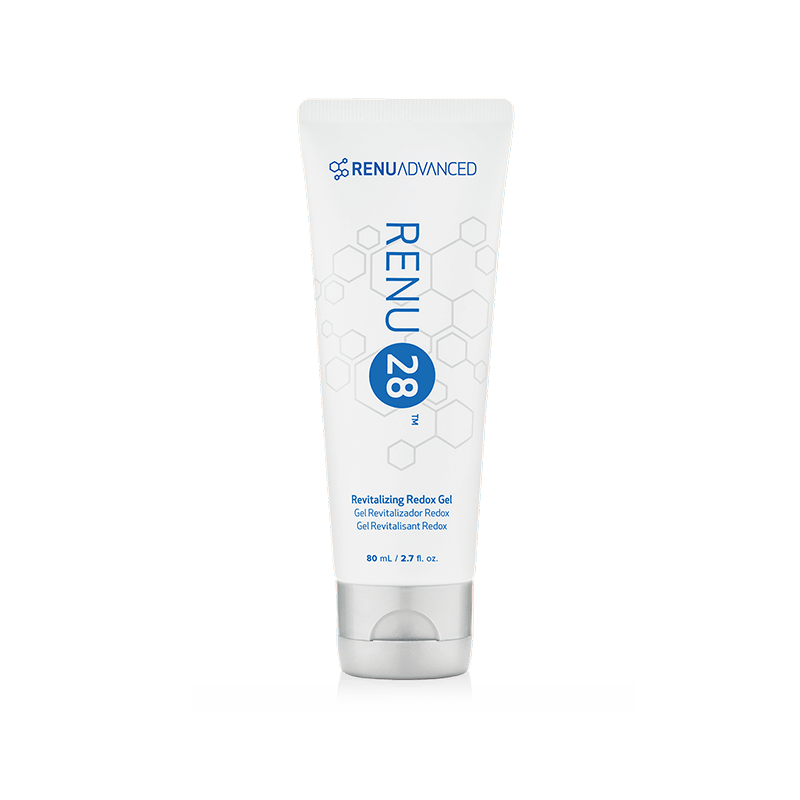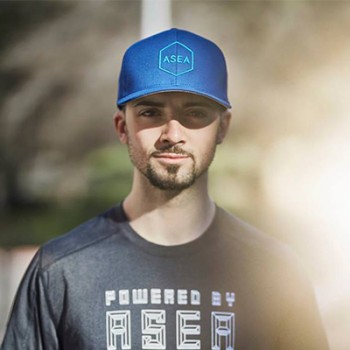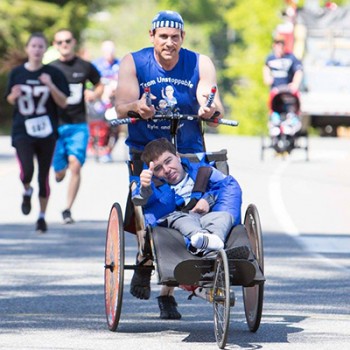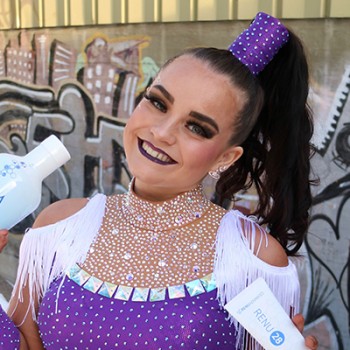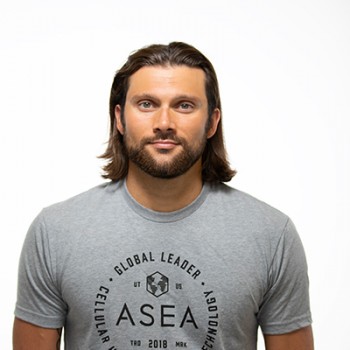
— What You're Searching For
— What ASEA Users Say
I think ASEA REDOX is an amazing product.
I am proud to be an ASEA athlete, and I know this product can benefit anyone at any age.
Balance in life is everything, and with ASEA I feel ready for anything!
Not only does ASEA help me stay healthy and recover from my hardest workouts, ASEA gives me the confidence I need to be able to train hard, while also juggling my roles outside of being an athlete: mother, wife, friend, and business owner.
My body takes a beating as a professional off-road endurance athlete.
ASEA helps endurance athletes utilize more fat for fuel; that is what we’re trying to do with all our hours of training. We’re training our body to use our fat for fuel and spare the glycogen. So when we’re in a race situation, we have that high-octane glycogen energy at the end of the race so we can move forward.
I love taking ASEA because I know it’s a clean product and it helps me recover.
There are a million and one products out there, but I love that ASEA is so simple and easy to trust, and it gets me through the week.
In 2018 I tore my meniscus and credit a huge amount of my recovery to using ASEA’s RENU 28.
My first competition back, post injury, took place in March 2019. I swam at the TYR Pro Series Championships in Des Moines Iowa. I placed 3rd in the 100 breaststroke, I’m now ranked 8th in the World so far this year! Great first competition back!

— FAQs
The discovery and study of human cells began in the 19th century, but it wasn’t until the latter part of 20th century that cells were understood in enough detail to begin observing and theorizing the forms of signaling behind cell activity. By 1999, the role of redox within cell signaling was understood and formalized enough to prompt the creation of a peer-reviewed scientific journal on the topic.
The processes of metabolism and cellular respiration saw discoveries in the 1930s and ’40s that illuminated the methods by which the human body uses oxygen and redox processes to fuel vital functions. Research in the 1950s and ’60s provided early clues into the molecular basis of cell signaling, though scientific papers didn’t begin talking about cell signaling as a distinct discipline consistently until the ’80s and ’90s.
ASEA Founder Verdis Norton was first introduced to redox signaling biochemistry while serving on the board of a Utah biotech company. The company’s preliminary work in redox molecule synthesis had produced promising results, but a lack of funds forced them to shelf the project early. Convinced of its breakthrough potential, Verdis and a few close partners pooled resources to acquire the discontinued tech and revive the research. ASEA commissioned its own team of medical professionals, scientists, and engineers to advance the technology, conducting a comprehensive safety analysis and producing a scalable method of production for ASEA REDOX Cell Signaling Supplement and future redox signaling products.



